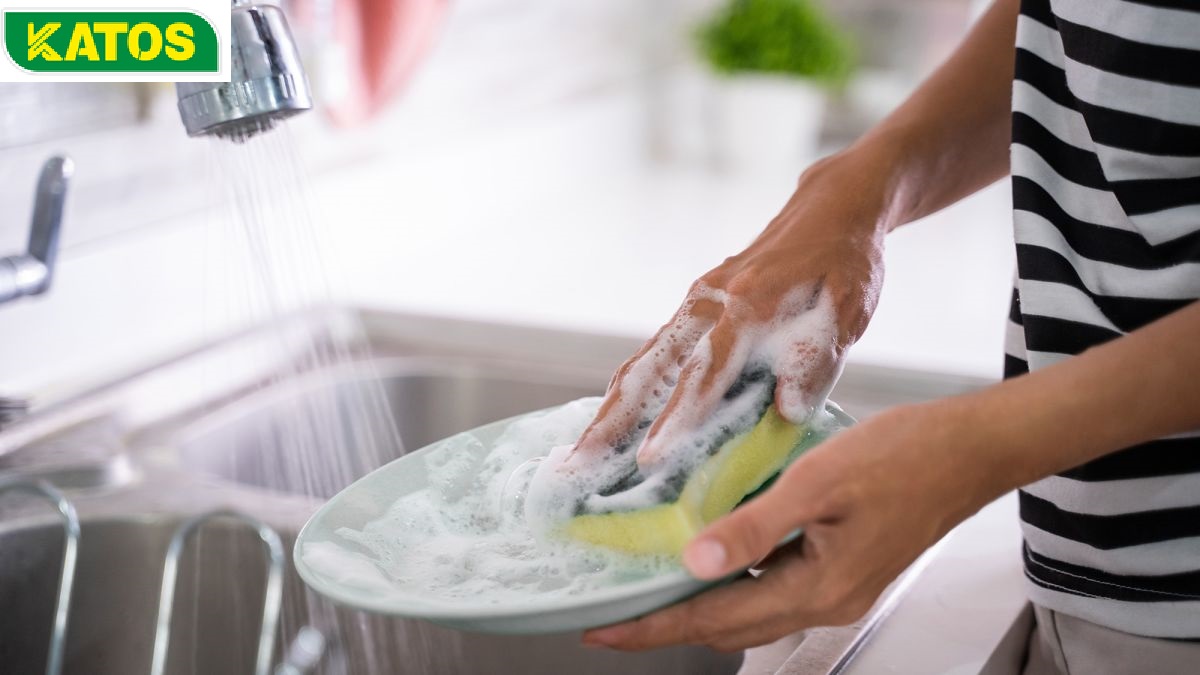microfiber cloths
Microfiber cloths are highly effective cleaning tools made from synthetic fibers, typically a blend of polyester and polyamide. These fibers are incredibly fine, even finer than a strand of silk, allowing them to penetrate microscopic surfaces and pick up dirt, dust, and grime that traditional cleaning cloths might miss. The cloths work through a combination of their electrostatic properties, which attract dust, and their highly absorbent nature, which can hold several times their weight in water. This makes them versatile for various cleaning tasks, from wiping down surfaces .and windows to polishing delicate items without leaving streaks or scratches
In addition to their superior cleaning ability, microfiber cloth are also environmentally friendly and economical. They require little to no chemical cleaners, relying on their structure to clean effectively with just water. This reduces the need for harsh cleaning agents, making them a safer option for both users and the environment. Furthermore, microfiber cloths are durable and reusable; they can be washed and reused hundreds of times without losing their effectiveness. This longevity translates to cost savings over time, as they outlast traditional cleaning cloths and reduce the need for disposable cleaning products.
?What is microfiber
Microfiber is a type of synthetic fiber that is finer than one denier or decitex per thread, with each fiber having a diameter of less than ten micrometers. This extremely fine structure makes microfiber an ideal material for various applications, including the production of mats, knits, and weaves used in apparel, upholstery, industrial filters, and cleaning products. The specific characteristics of microfiber, such as its softness, toughness, absorption capabilities, water repellence, electrostatic properties, and filtering ability, are determined by the shape, size, and combinations of the synthetic fibers used in its manufacture.
In the realm of cleaning products, microfiber is often composed entirely of polyester or a blend of polyester and polyamide (nylon). These fibers can be woven into durable cloths or produced as non-woven materials, the latter typically used for disposable cleaning cloths. High-quality microfiber cleaning fabrics undergo a splitting process during manufacturing, resulting in multi-stranded fibers that enhance their cleaning efficiency. Under high magnification, a cross-section of split microfiber would appear as an asterisk, showcasing its intricate and effective structure for trapping dust, dirt, and liquids. This unique design makes microfiber an exceptional material for cleaning tasks, as it can capture and hold contaminants better than traditional fibers, providing a superior clean without the need for excessive chemicals.
Microfiber cloths and other cloths
Microfiber cloths differ from other cloths primarily due to their ultra-fine synthetic fibers, which are split during manufacturing to create a highly effective cleaning surface. This structure allows them to capture and hold more dirt, dust, and microscopic particles compared to natural fibers like cotton. Microfiber cloths are also significantly more absorbent, capable of holding several times their weight in liquids, and they do not shed lint, ensuring a streak-free and spotless finish on surfaces. Additionally, they are highly durable, withstanding hundreds of washes without losing effectiveness, and they can often clean effectively with just water, reducing the need for chemical cleaners. These qualities make microfiber cloths more versatile, efficient, and environmentally friendly than traditional cleaning cloths
?What are the advantages of using microfiber cloths
Superior Cleaning Power
The ultra-fine fibers in microfiber cloths can capture and hold dirt, dust, and grime more effectively than traditional cloths. The split fibers create more surface area and the electrostatic properties attract particles, ensuring a thorough clean
Highly Absorbent
Microfiber cloths can absorb several times their weight in liquids, making them ideal for mopping up spills and drying surfaces quickly. This high absorbency also helps to remove water spots and streaks from surfaces.
Lint-Free and Streak-Free
Unlike cotton or other natural fibers, microfiber does not shed lint. This ensures a spotless, streak-free finish on glass, mirrors, and electronic screens, which is essential for maintaining clarity and cleanliness.
Durable and Long-Lasting
Microfiber cloths are designed to be washed and reused hundreds of times without losing their effectiveness. This durability makes them a cost-effective choice over time, as they last much longer than traditional cleaning cloths.
Chemical-Free Cleaning
Due to their superior cleaning power, microfiber cloth often do not require the use of additional cleaning chemicals. They can clean effectively with just water, making them an environmentally friendly and safer option for households, especially those with children or pets.
Versatile Use
Microfiber cloths are suitable for a wide range of cleaning tasks, from dusting and wiping down surfaces to scrubbing tough stains and polishing delicate items. They are gentle enough for sensitive surfaces yet tough enough for heavy-duty cleaning.
Eco-Friendly
By reducing the need for disposable cleaning products and minimizing the use of chemical cleaners, microfiber cloth contribute to a more sustainable and environmentally friendly cleaning routine.


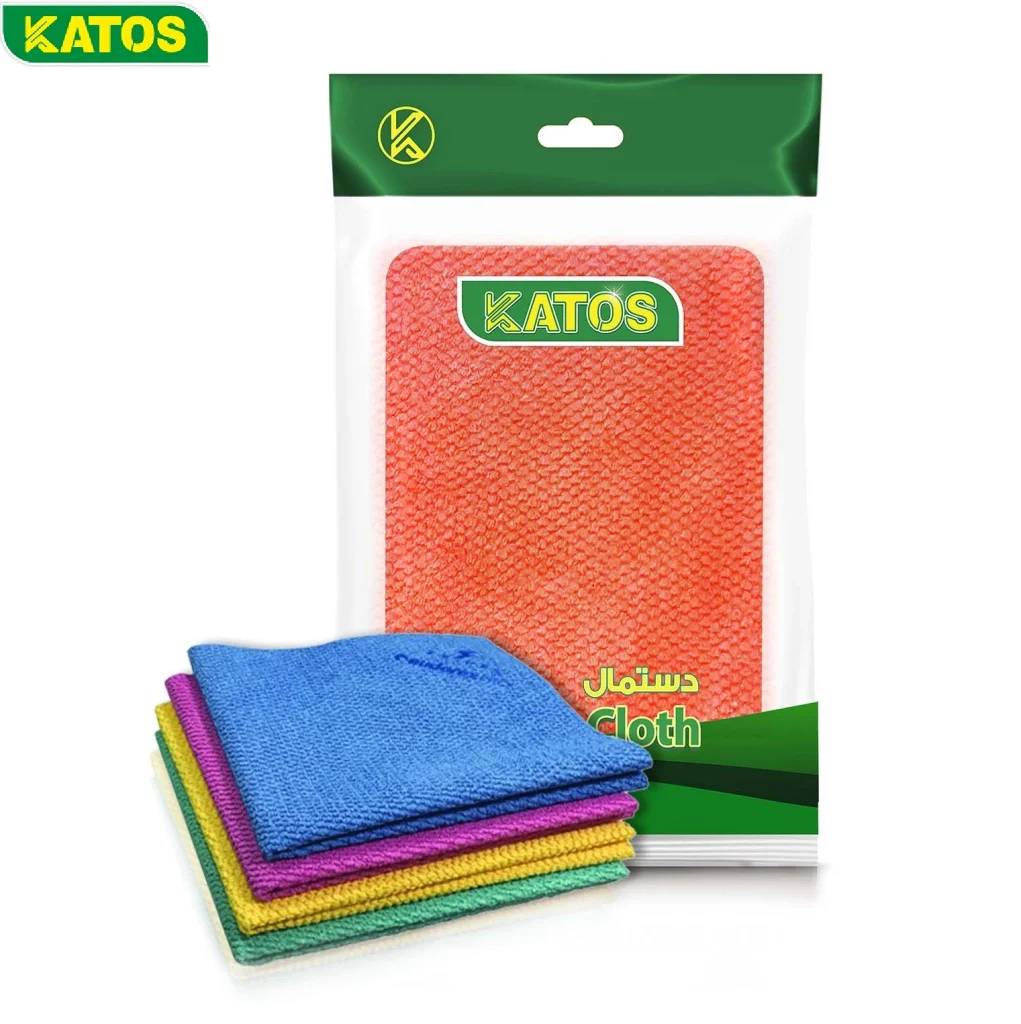

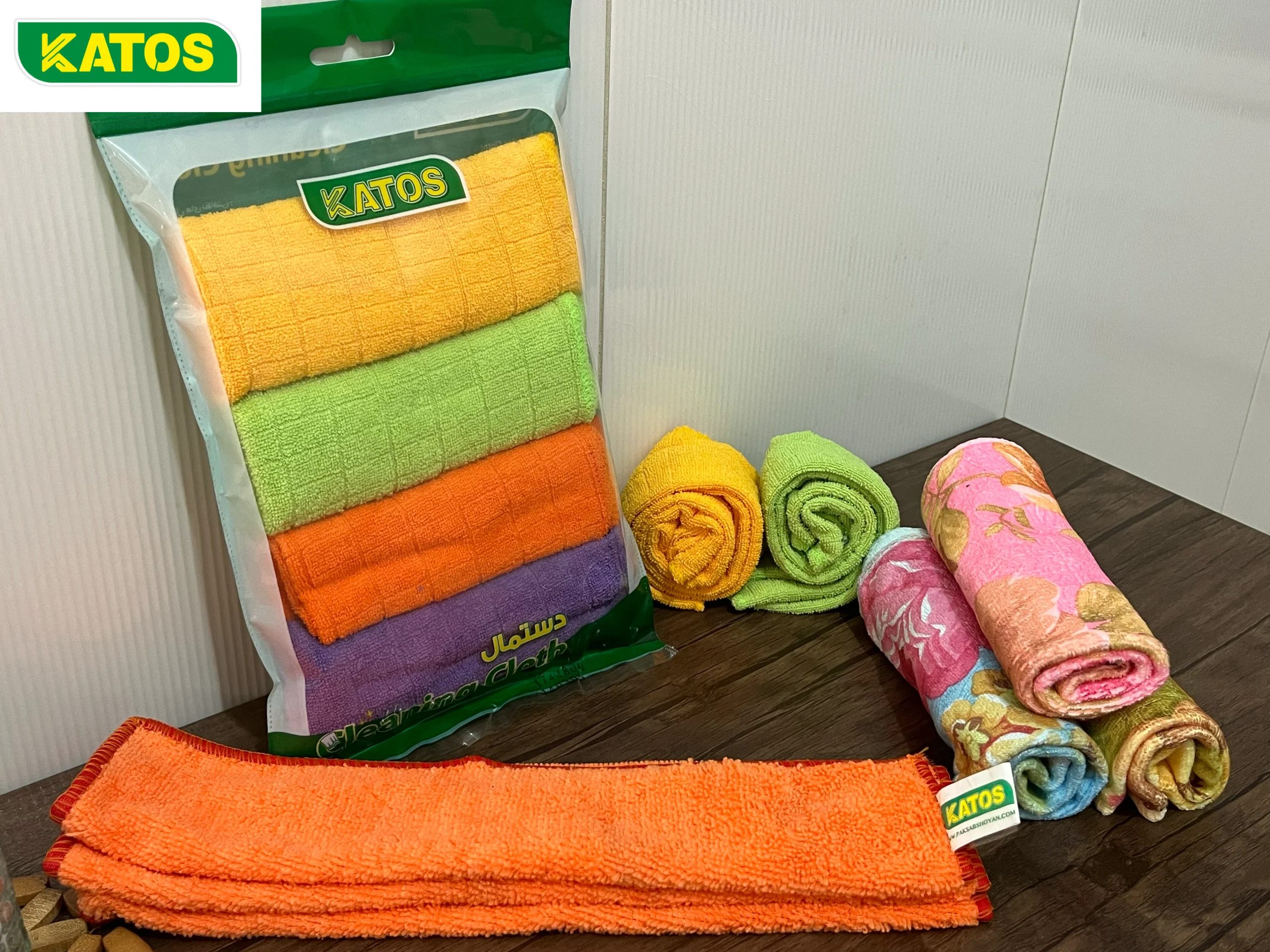
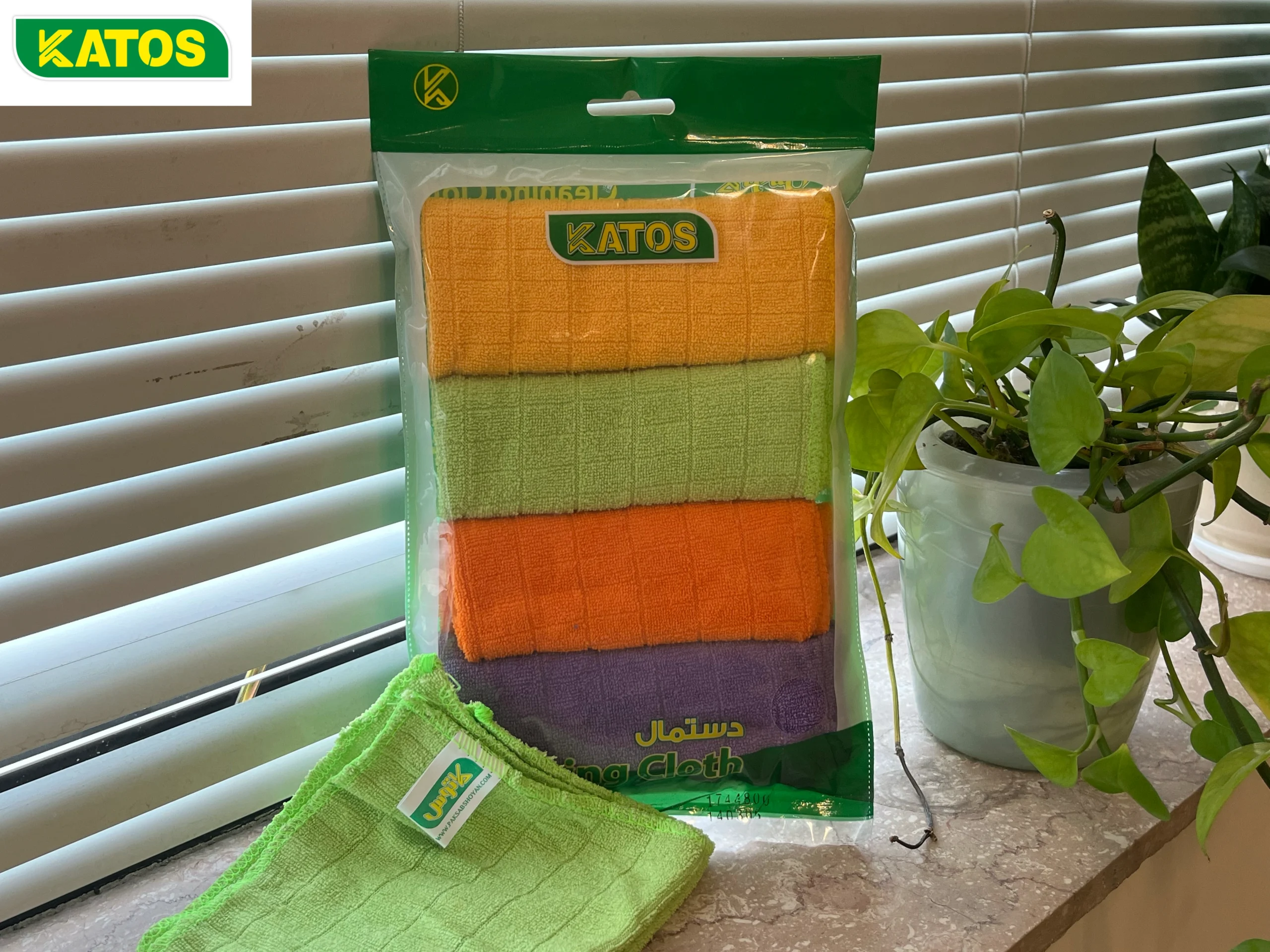
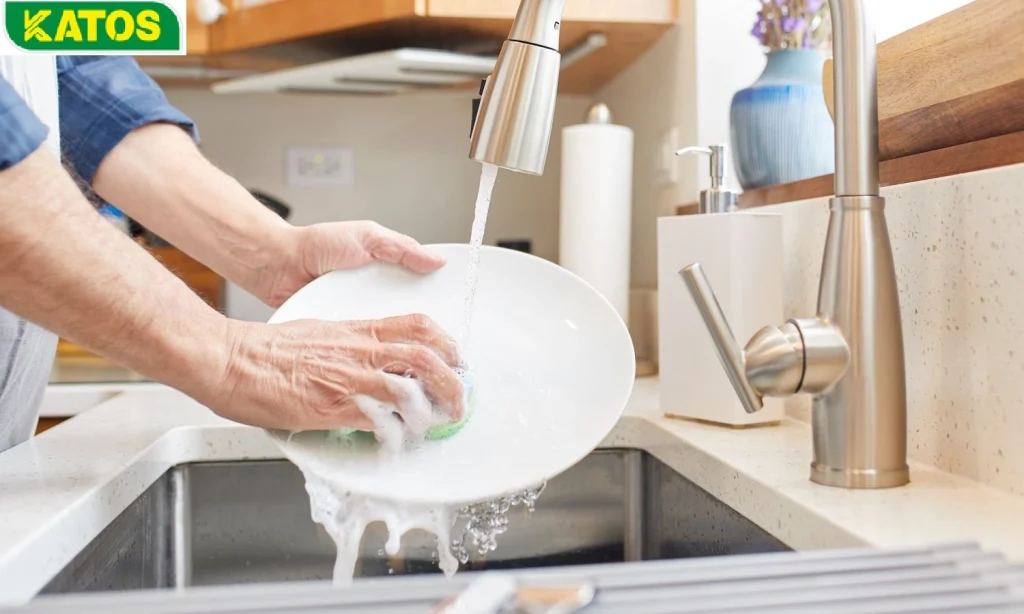
 ?What to consider
?What to consider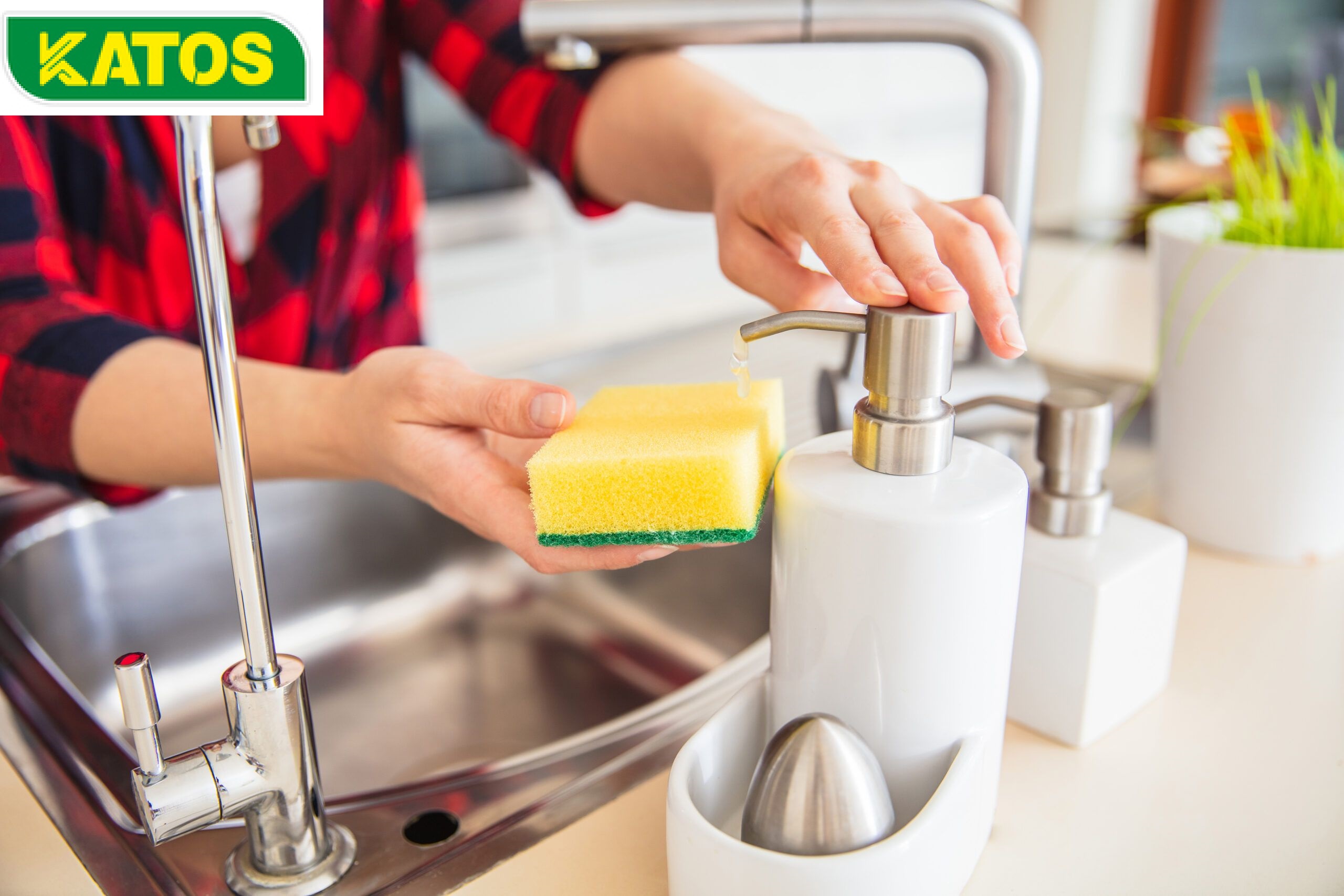 ?How to clean kitchen sponge
?How to clean kitchen sponge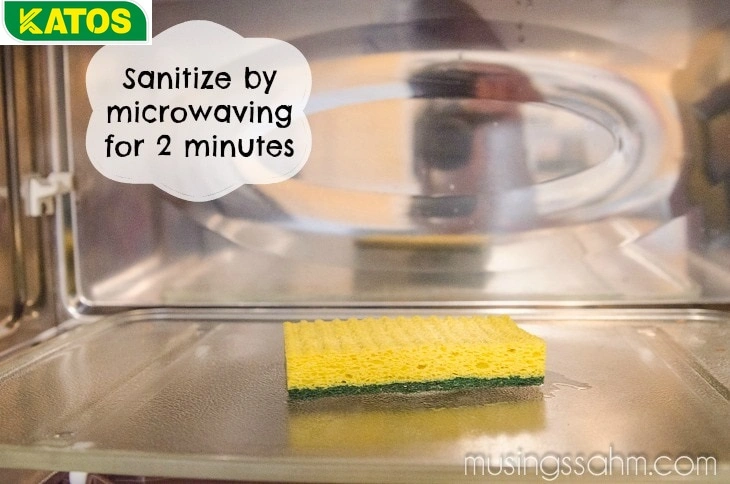 Microwave
Microwave